Estimated reading time: 9 minutes
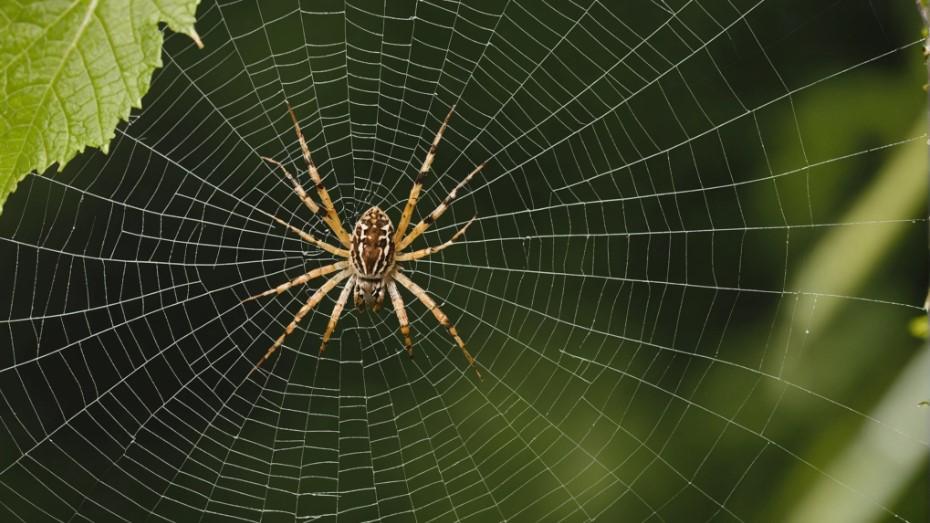
Let’s be honest: few things trigger a full-body shiver quite like spotting a spider scuttling across your bathroom floor at 11 p.m. But before you reach for a shoe, vacuum, or flamethrower (please don’t), take a moment to identify your uninvited houseguest. Chances are, it’s more roommate than threat.
Here’s your crash course in becoming a spider sleuth—minus the fear factor.
First, Don’t Panic: Most House Spiders Are Harmless

Yes, spiders look like tiny Halloween decorations that came to life. But despite their bad PR, most of them are not dangerous. In fact, many are helpful! House spiders eat flies, mosquitoes, roaches, and even other spiders. They’re basically pest control with eight legs and zero complaints.
Now, let’s get to know your common creepy-crawly tenants.
- Common House Spider (Parasteatoda tepidariorum)
- Cellar Spider (Pholcidae)
- Jumping Spider (Salticidae)
- Wolf Spider (Lycosidae)
- Black Widow (Latrodectus)
- Brown Recluse (Loxosceles reclusa)
- Sac Spider (Cheiracanthium)
- Orb Weaver (Araneidae)
- Funnel Web Grass Spider (Agelenidae)
- Trapdoor Spider (Ctenizidae)
1. Common House Spider (Parasteatoda tepidariorum)

Also known as: That one in the corner
How to identify: Small (under ¼ inch), brownish-yellow body, round abdomen with subtle patterns
Web type: Messy, tangled cobwebs usually found in basements, garages, or ceiling corners
These are the spiders you’re most likely to see hanging out in forgotten corners. They’re timid, rarely leave their webs, and pose no threat to humans. Females tend to stay put, while males may wander in search of mates. They feed on insects that get caught in their webs and help keep your home bug-free.
2. Cellar Spider (Pholcidae)
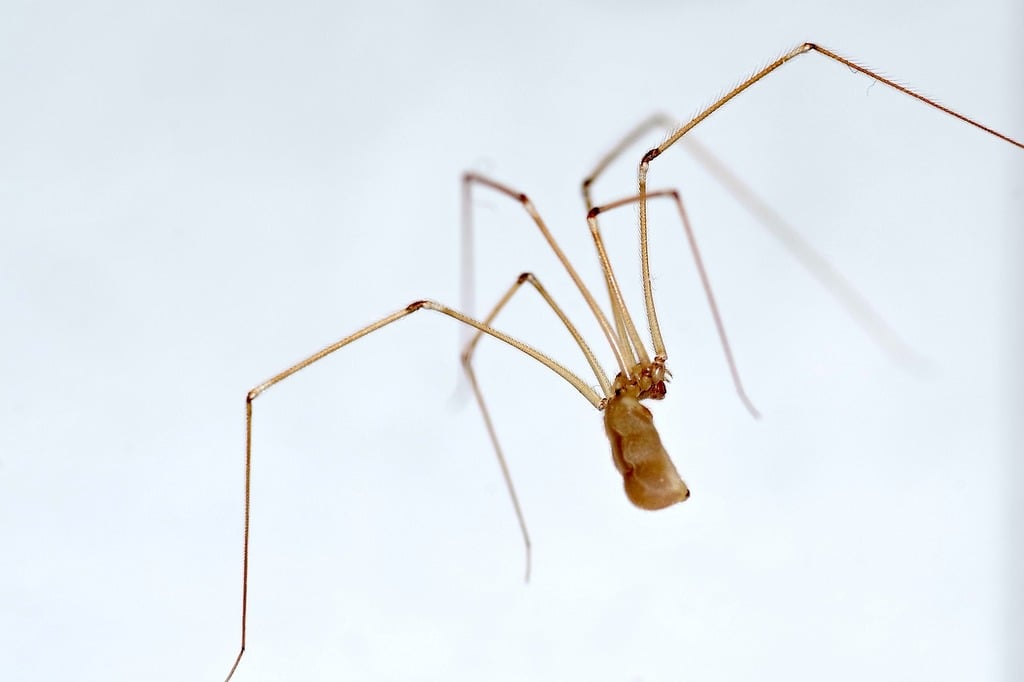
Also known as: Daddy Longlegs (but technically not the true one)
How to identify: Tiny peanut-shaped body with extremely long, thin legs
Web type: Loose, wispy webs in quiet, undisturbed corners or ceilings
Cellar spiders may look fragile, but they’re persistent web-builders and great at capturing prey. They can vibrate rapidly in their webs when threatened—a defense move that makes them hard to catch. Despite persistent myths, their venom is not dangerous to humans, and they’re excellent at controlling other pest populations.
3. Jumping Spider (Salticidae)
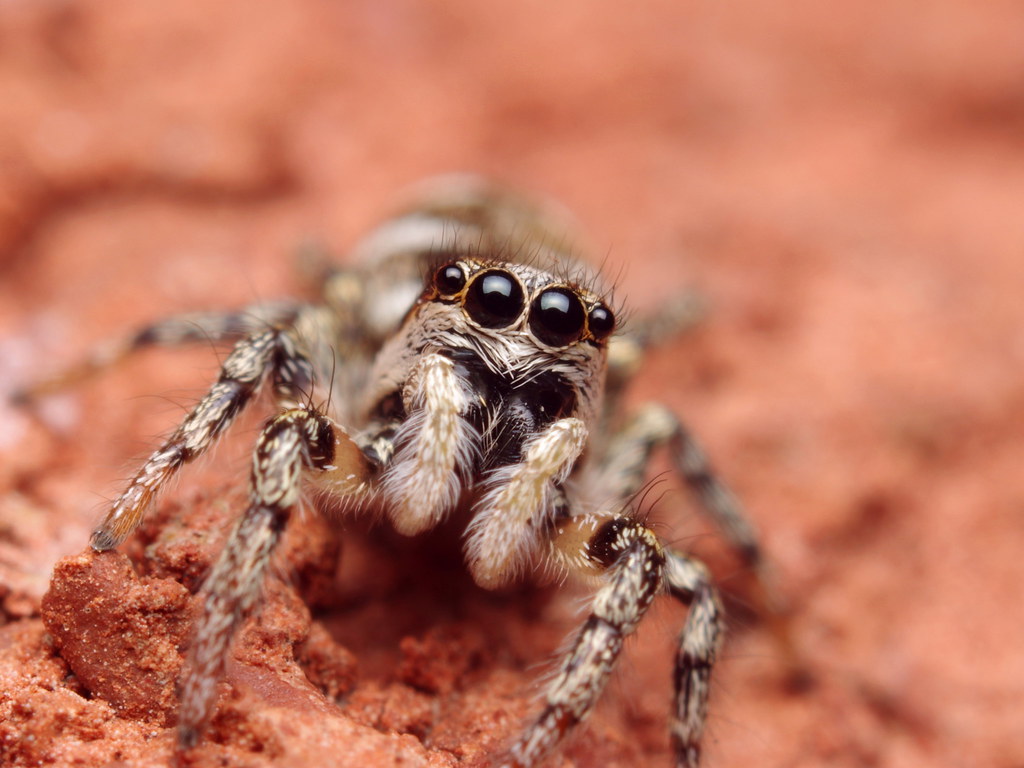
Also known as: The fuzzy one that stares back
How to identify: Compact, fuzzy body; short legs; big, forward-facing eyes
Web type: None. They roam and hunt during the day.
These charming little hunters are among the most visually engaging spiders. Their excellent vision and curious behavior often lead them to track movement—even watching you as you watch them. They don’t spin catch webs but rely on precise leaps to snag prey. With over 300 species in North America, they come in a variety of colors and patterns.
4. Wolf Spider (Lycosidae)
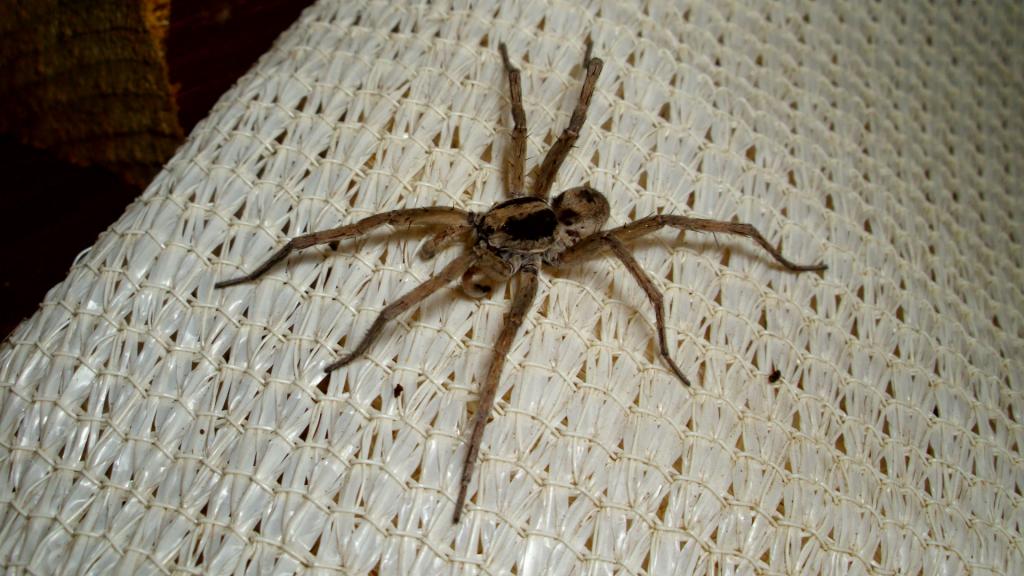
Also known as: The big fast one that made you yell
How to identify: Large, hairy body; brown/gray coloring; noticeable eyes that reflect light
Web type: None. These are hunters that roam.
Wolf spiders are robust, solitary hunters that prefer chasing prey to spinning webs. They are nocturnal and tend to hide during the day under furniture or along baseboards. Female wolf spiders are unique in that they carry their egg sacs with them and even tote their spiderlings on their backs after hatching—a surprisingly nurturing trait.
5. Black Widow (Latrodectus)
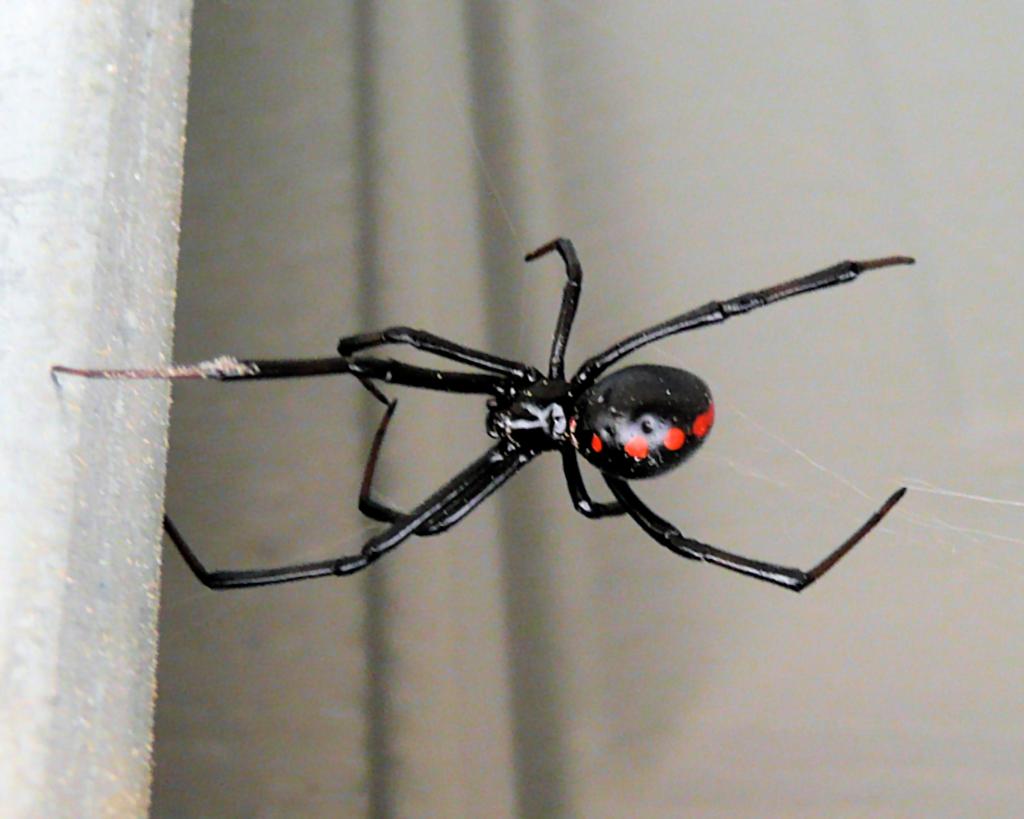
How to identify: Shiny black body with a red hourglass on the underside of the abdomen
Web type: Irregular, strong webs in secluded spaces like sheds or woodpiles
Known for their potent venom and iconic red hourglass, black widows are often misunderstood. They are not aggressive and will retreat when possible. Bites are rare and usually occur only when they are accidentally pressed against skin. If bitten, medical attention should be sought immediately.
6. Brown Recluse (Loxosceles reclusa)
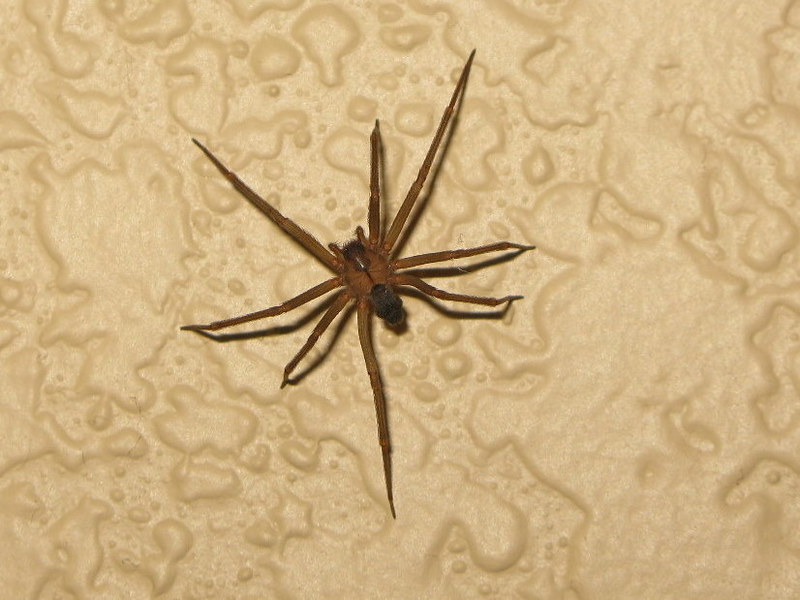
How to identify: Light to dark brown with a violin-shaped marking on the back
Web type: Flat, messy webs in dark corners
The brown recluse lives up to its name—it’s shy and prefers dark, undisturbed areas like closets, attics, or cardboard boxes. They are more common in the central and southern U.S. Though their bites can cause serious reactions, they are very rare. Most encounters happen when the spider is unknowingly trapped against the skin.
7. Sac Spider (Cheiracanthium)
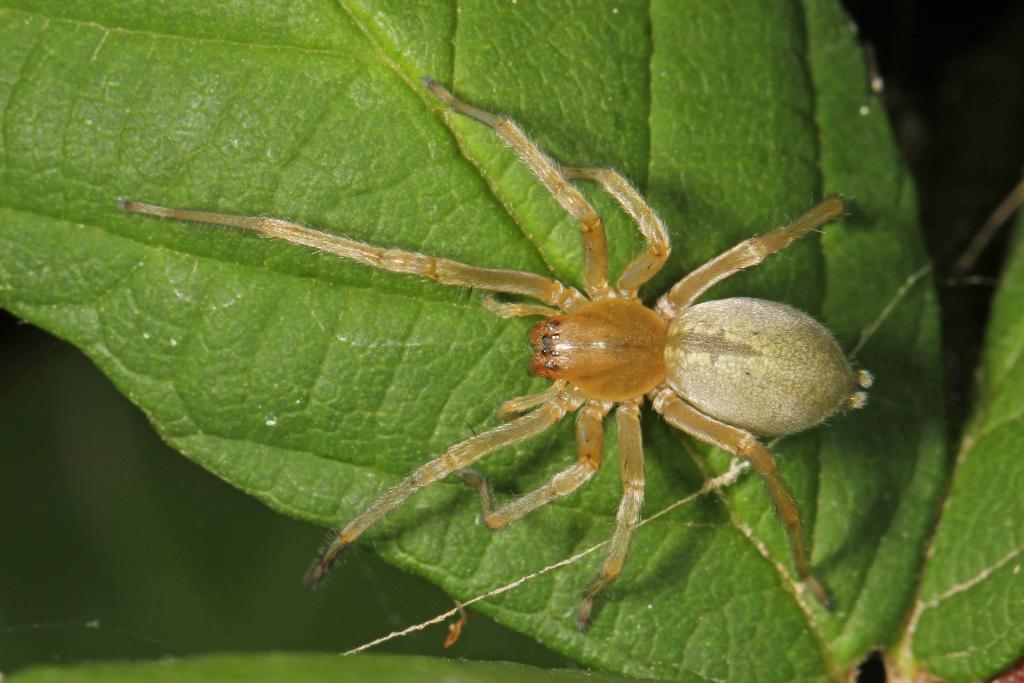
Also known as: The yellow sac spider
How to identify: Pale yellow to light green, about 1/4 inch long
Web type: Small sac-like webs in corners or folds of fabric
Sac spiders are night hunters that build silk retreats rather than webs to catch prey. They can deliver a painful bite if disturbed, which may cause mild skin irritation. They’re often found near ceilings, behind pictures, or in closets.
8. Orb Weaver (Araneidae)
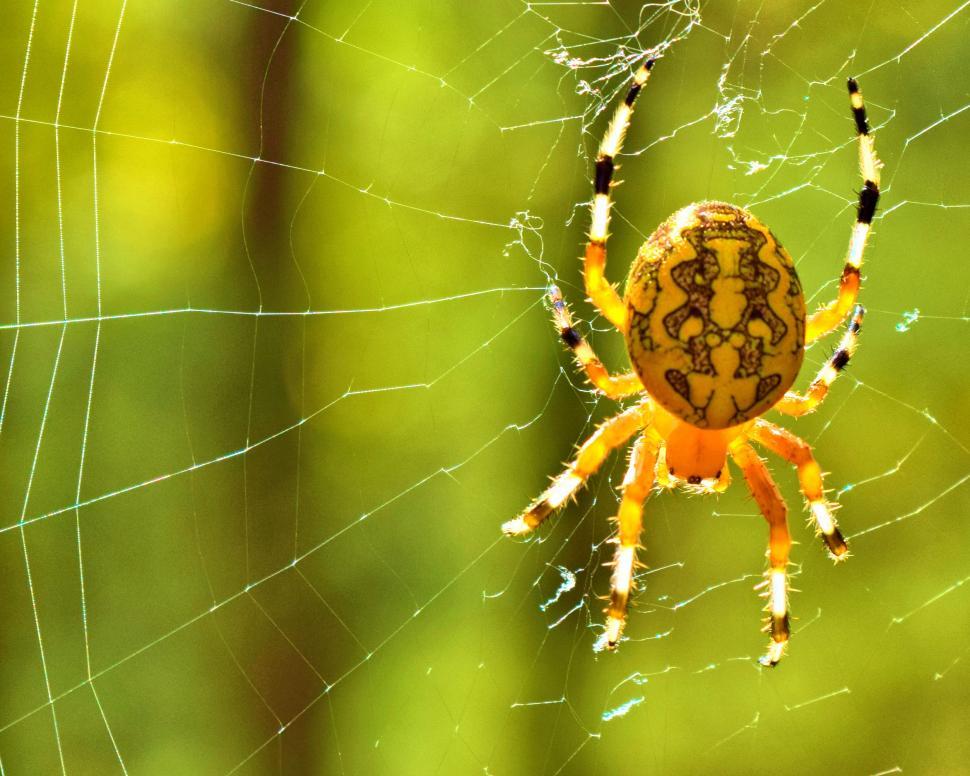
Also known as: The garden web artist
How to identify: Colorful bodies, long legs, often seen near circular webs
Web type: Classic round spiral webs outdoors
Though not typically indoor spiders, orb weavers can sometimes set up shop near porches, patios, or inside open sheds. They build stunning, symmetrical webs and usually rebuild them every night. Harmless and fascinating to watch.
9. Funnel Web Grass Spider (Agelenidae)
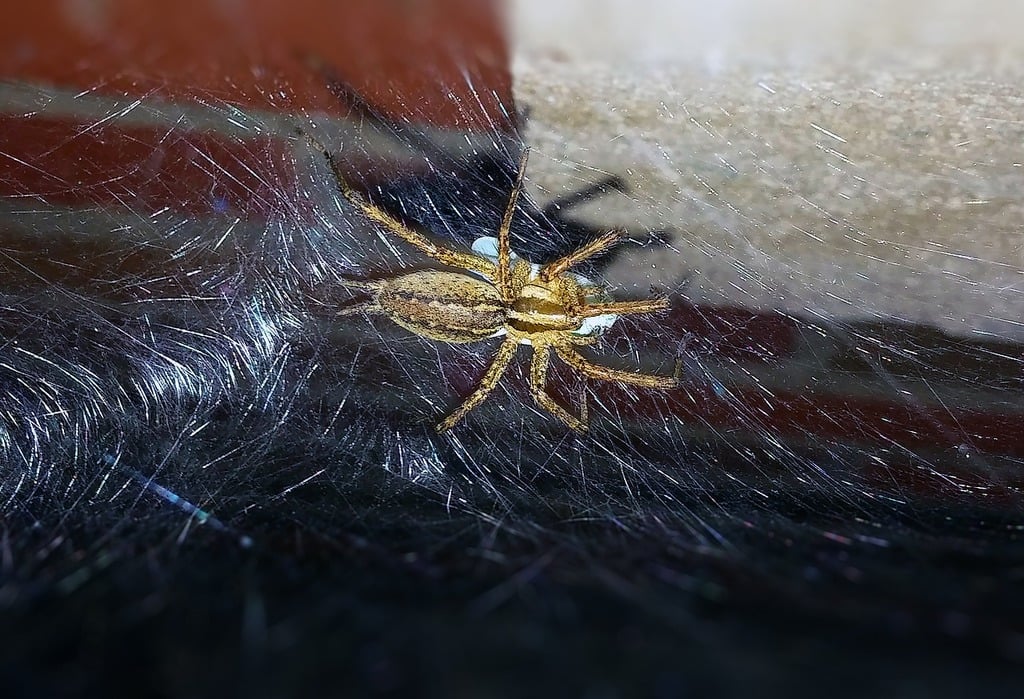
Also known as: The turbo weaver
How to identify: Brown-gray body with stripes, long spinnerets
Web type: Funnel-shaped webs in grass, window wells, and basement corners
These spiders build sheet-like webs that funnel down into a small retreat, where they wait to ambush prey. Though fast and elusive, they are not dangerous to humans. They’re more common in basements or areas with grass access.
10. Trapdoor Spider (Ctenizidae)
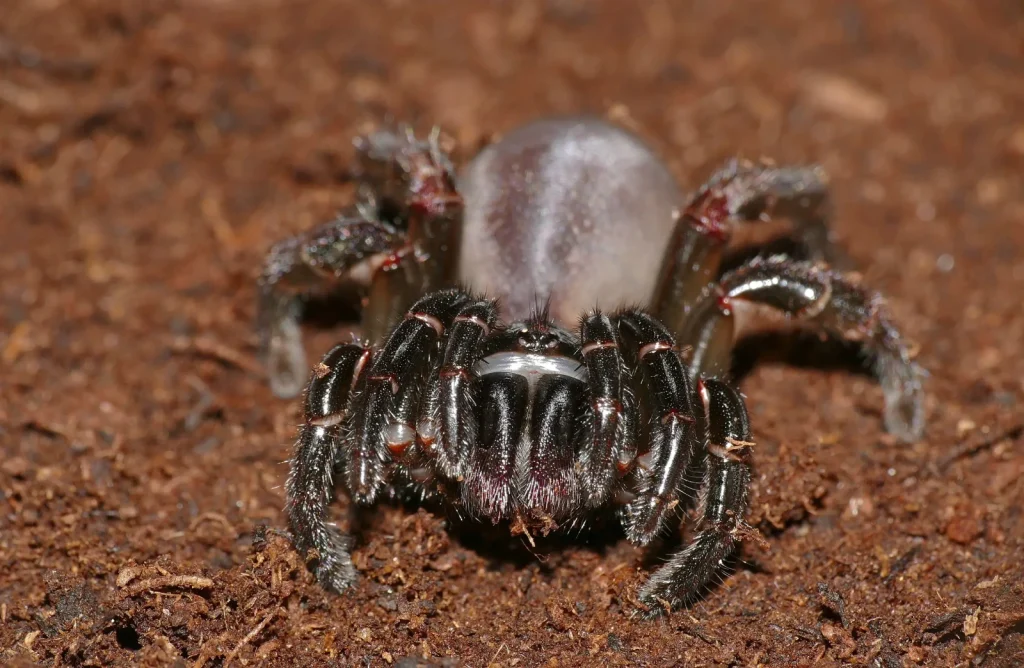
Also known as: The hidden ambusher
How to identify: Thick-bodied, usually dark brown or black, lives in burrows
Web type: None—uses silk to line burrows and create camouflaged “trapdoors”
Rarely seen indoors, but worth noting for curious minds. Trapdoor spiders are ground-dwellers and known for their stealthy ambush tactics. While not harmful to humans, they’re a marvel of natural engineering with their hinged, silk-sealed homes.
Spider Web Decoder: What Their Webs Say About Them
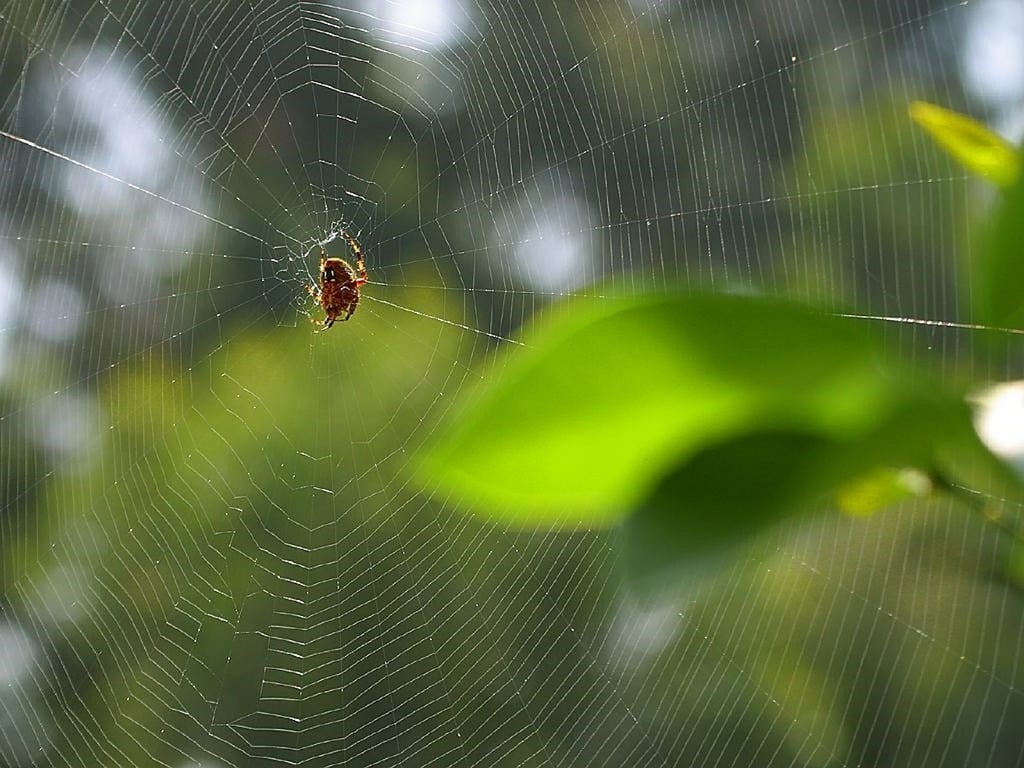
Messy webs in corners? Common House Spider or Cellar Spider
No web, just a fuzzy jumper? Jumping Spider
Burrow outside near your steps? Likely a Wolf Spider
Perfect, circular web outdoors? Not a house spider, but an Orb Weaver
Should You Remove Them?
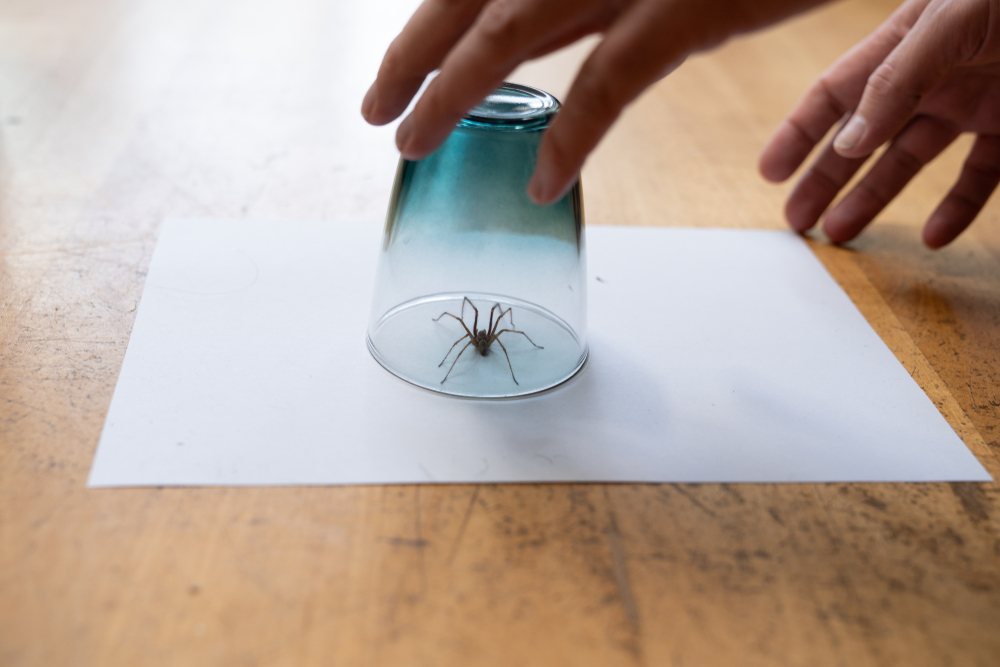
If you’re squeamish, gently relocating spiders outside is a kind option. But if you can tolerate them, they’re beneficial in controlling other pests in your home.
To minimize spider appearances, reduce clutter, fix leaks, seal cracks, and clean regularly. Fewer bugs mean fewer spiders.
Spiders get a bad rap, but most of the ones you find indoors are helpful and harmless. Understanding how to identify common house spiders can save you stress—and maybe even a few bugs.
So next time you see one dangling from the ceiling, take a breath. With a little knowledge and a lot less fear, you might just realize you’ve got nature’s pest control on your side.

